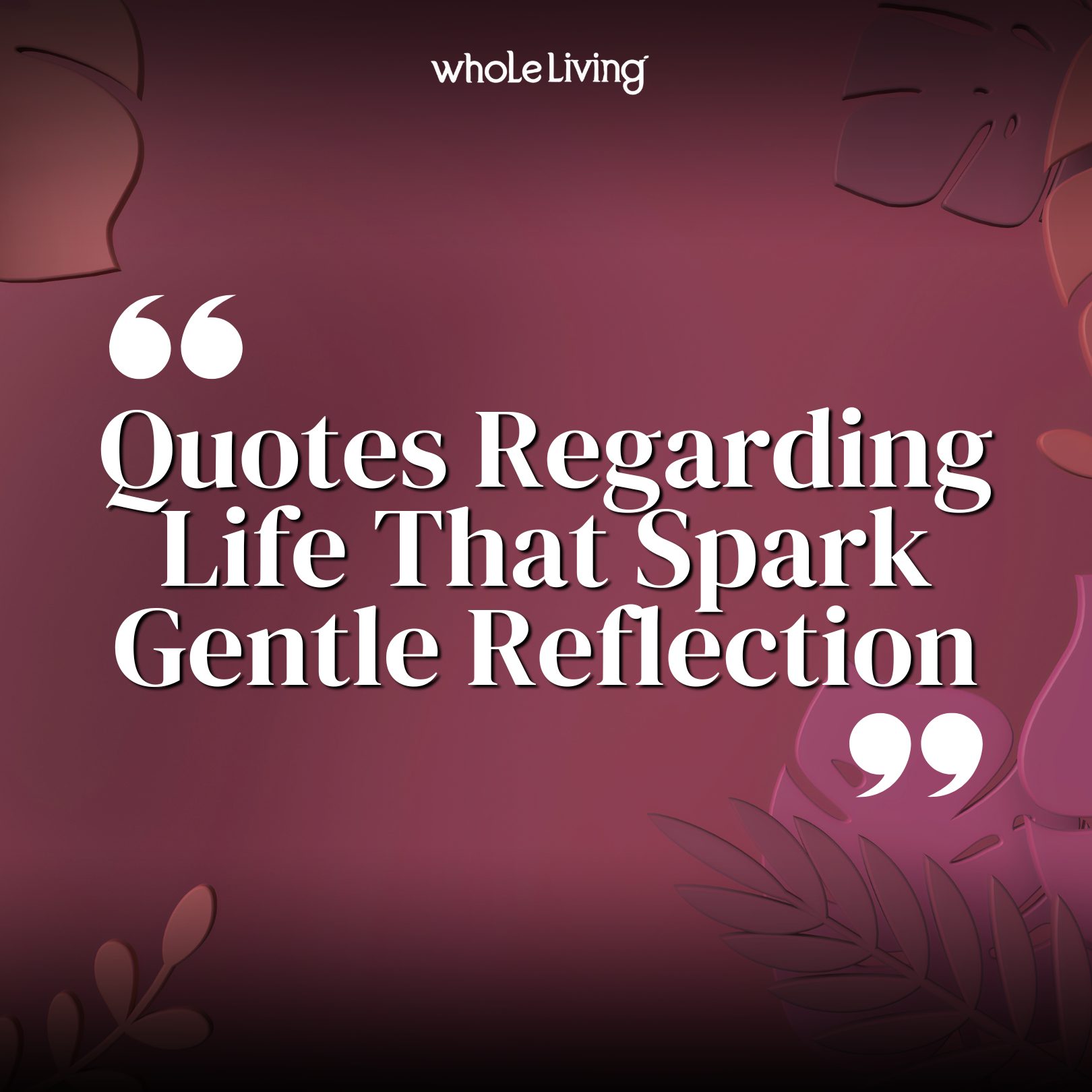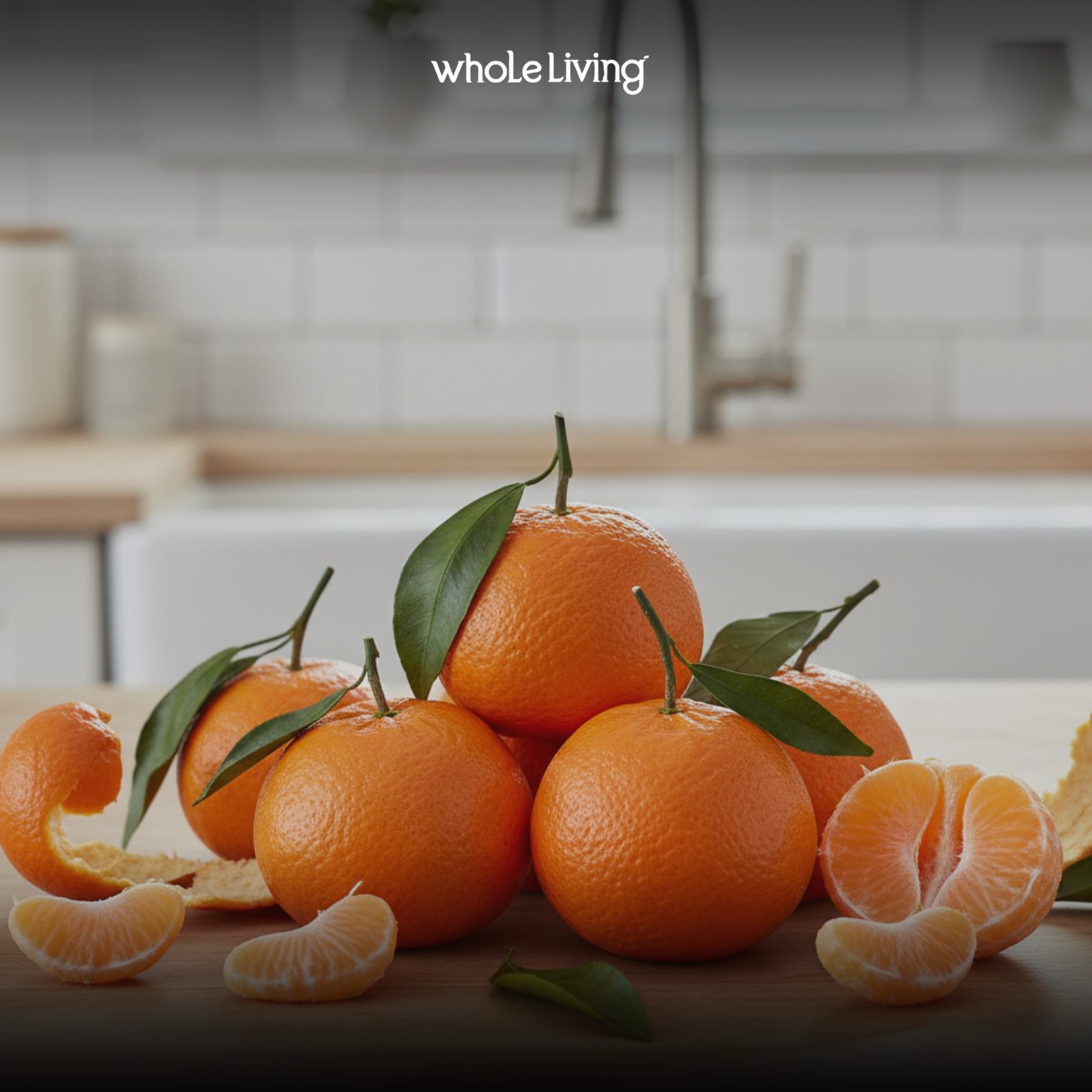In This Article
You don’t need a perfect setup or a big plan to begin. Positive behavior supports start right where you are. With just a shift in attention, a sprinkle of patience, and the right guidance, you can gently begin changing how you respond to life’s daily challenges. These small changes ripple outward, helping you create a calmer, more connected environment for yourself and those around you.
At its core, positive behavior is about focusing on what works. Rather than reacting to problems, it invites you to understand the reasons behind behaviors and build systems that support growth. You’ll learn to work with the brain, not against it—drawing on insights from applied behavior analysis and behavioral and biomedical science to encourage steady, meaningful change. This isn't about rigid rules or punishment. It's about creating safe, predictable spaces that nurture success and new skills.
You might be navigating problem behavior at home, in community settings, or within schools. No matter where you are, you can build a path forward that feels empowering, not overwhelming. Positive behavior supports are used in homes, public schools, and with children and adults with developmental disabilities. These supports also serve those with emotional and behavioral disorders, offering a more compassionate, lasting way to address problem behaviors.
Together, we’ll walk through clear, effective ways to begin today. These practices are grounded in kindness, backed by research, and designed to grow with you. Let's begin gently, with intention and hope.
What Are Positive Behavior Supports and Why Do They Matter?

Positive behavior supports are more than just a strategy—they’re a mindset. When you choose this approach, you're choosing to build understanding instead of control. Rooted in applied behavior analysis and the principles of behavior science, this method looks at what causes behaviors and what we can do to help guide change. It supports people in learning new ways to meet their needs without resorting to problem behavior.
You might see this in action when a teacher gently redirects a child rather than punishing them, or when a caregiver uses praise to encourage a helpful routine. These are small examples of how behavior supports work to reduce frustration and build connection. They take into account environmental factors, setting events, and emotional needs—looking beyond what you see on the surface.
A positive behavior support plan often begins with a functional behavior assessment. This helps you understand what a behavior is trying to communicate. Maybe it signals discomfort, confusion, or a skill gap. From there, you can develop strategies to teach the child new skills, improve behavioral outcomes, and create more ease in daily routines.
Positive behavior supports matter because they work. They are effective in homes, classrooms, and wider community settings. They give us tools rooted in kindness, not control. And perhaps most importantly, they help both children and adults feel safe, respected, and capable of real, lasting change.
The Foundations of Positive Behavior: Mindful Practices That Stick
When you begin to view behavior as communication, everything softens. Instead of reacting, you start responding with care and curiosity. This shift is one of the cornerstones of positive behavior supports. At its heart, this approach believes that every person deserves to feel seen, understood, and supported.
The foundation starts with primary prevention strategies—simple, consistent routines and mindful planning. These reduce the chances of problem behavior by creating environments where children and adults can thrive. In schools, this might look like a calm morning check-in. At home, it could be a soothing bedtime ritual. These quiet anchors reduce stress and prevent chaos before it begins. Here are a few essential practices that build a strong foundation for positive behavior:
- Consistency in daily routines: Predictable schedules build trust. They lower anxiety and give people of all ages a sense of control.
- Clear and kind communication: When expectations are gentle and understandable, positive behavior becomes easier to achieve.
- Compassionate correction: Mistakes are learning moments. Support and redirection help shape behavior without shame.
Research in behavior analysis and behavioral and biomedical science shows that prevention is more effective than correction. It also feels better. When expectations are clear and consistent, people feel safer. They know what to expect. This is especially true for children with developmental disabilities, who often depend on routine to feel grounded and secure.
By practicing positive behavioral interventions early and often, you create a foundation of trust. This foundation supports not only behavior but also emotional well-being, academic success, and social growth. Whether you’re a parent, teacher, or caregiver, mindful practice sets the stage for long-term success and fewer discipline referrals or behavior problems down the road.
1. Create Calm with Consistency and Structure

When life feels chaotic, structure can be your anchor. Positive behavior supports thrive on consistency. It helps reduce problem behavior by giving clear expectations and predictable routines that children and adults can count on. This is one of the most effective ways to foster calm in your environment.
Consistency doesn’t mean rigidity. It means creating patterns that feel safe and familiar. This could be a morning routine that eases your child into the day or a structured after-school wind-down. These small, predictable habits make a big difference. They reduce anxiety, especially in those with developmental disabilities or emotional and behavioral disorders.
Applied behavior analysis reminds us that behavior often reflects the environment. If that environment is cluttered, noisy, or unpredictable, behavior may follow suit. But with structure, you guide the tone of the space. Over time, these positive supports lead to measurable behavior change and fewer disciplinary problems, even in schools or community settings.
Use what you already know works. Reinforce it gently and often. A calm space, a consistent rhythm, and clear communication offer the kind of behavioral support that sticks. You don’t need perfection. You only need presence and a willingness to guide with care.
2. Reinforce the Good: Noticing and Rewarding Positive Behavior

Reinforcement is not about bribing—it’s about noticing. When you gently highlight a positive behavior, you invite more of it. This is one of the simplest, yet most powerful, behavior supports you can use right now.
Children and adults alike respond to encouragement. A kind word, a warm smile, or a small reward can shift the whole day. Applied behavior analysis shows us that reinforcing behavior is far more effective than focusing on mistakes. Praise the effort, not just the outcome. This builds confidence and trust.
Whether you’re at home, in a classroom, or in community settings, these moments of recognition matter. They teach new skills while reducing the chance of problem behavior. Use direct observation to notice small steps forward. Even when the behavior isn’t perfect, reinforce the progress.
This is the essence of positive behavior interventions. You are shaping the behavior you want to see by giving it light and attention. In time, those small acts create big shifts. They are the foundation for building respectful, connected relationships and help prevent the need for a more formal behavior intervention plan later on.
3. Understand the “Why” Behind Actions With Functional Behavior Assessments

Every behavior communicates something. It might be a need, a feeling, or even a reaction to something unseen. When a child acts out, or when a loved one becomes withdrawn, they’re not trying to make life harder—they’re showing us something. A functional behavior assessment helps you uncover that message. It’s a thoughtful process that looks beyond the surface and into the “why.”
You don’t need to be a professional to begin noticing patterns. Start by observing when the behavior happens. Is it always after a noisy transition? When they’re hungry or tired? Maybe it happens when there’s too much stimulation or when something familiar changes. These triggers are clues. They point to needs that haven’t yet been met, or to skills the person hasn’t yet learned.
A functional behavior assessment often leads to a deeper tool called functional analysis. This helps pinpoint exactly what maintains a behavior—attention, escape, access to something, or sensory needs. With support from a behavior analyst, you can use this information to design responses that are supportive instead of reactive. You’ll stop addressing just the behavior and start meeting the need behind it.
If the path feels unclear, ask for help. A certified behavior analyst can guide you with compassion and skill. Their training in applied behavior analysis, behavioral science, and developmental disabilities can help you build a plan rooted in understanding—not judgment. This is a step toward healing, growth, and lasting change.
READ ALSO: What Is the Purpose of Living? You Get to Decide
4. Prevent Before You Correct: The Power of Environment

Sometimes, the easiest way to prevent a behavior is to adjust what comes before it. That’s the quiet power of your environment. The lighting in a room, the tone of your voice, or the structure of a morning routine can all shape how someone feels—and how they behave. When these environmental factors support calm and clarity, problem behavior is less likely to arise.
Start with what you can see and hear. Is the space too loud, too bright, or overstimulating? A child might act out not because they’re being difficult, but because they’re overwhelmed. In applied behavior analysis, we call these influences antecedents. Through antecedent manipulations, you change the setup—often just slightly—to support more positive behavior.
That could look like softening your tone, giving a gentle countdown before a transition, or offering choices instead of demands. You might set up a quiet corner for breaks, adjust the routine to include breathing space, or keep favorite items nearby during challenging moments. These small shifts can create a big impact—because the environment speaks before you even open your mouth.
Preventing problem behavior isn’t about control—it’s about compassion. It’s recognizing that the world doesn’t always feel safe or clear for everyone, and that we have the power to ease that burden. When you shape the environment with care, you’re already halfway to building lasting positive behavior supports.
5. Build New Skills One Step at a Time

When someone struggles with behavior, what they often need isn’t discipline—it’s teaching. Many behaviors we label as “problems” are really signs of missing skills. Whether it’s asking for help, handling frustration, or following a direction, these are things we can teach. And when you take it one small step at a time, you create real, lasting change.
Start by showing what you want to see. Instead of focusing on what went wrong, model the behavior you hope for. Do it slowly, clearly, and consistently. Then give the person a chance to try. Repeat it often. Praise the effort, not just the success. Over time, this repetition builds new skills that replace old behaviors in a gentle, affirming way.
Behavior modification doesn’t have to feel cold or clinical. In fact, it can be one of the most loving things you do. It’s not about changing who someone is. It’s about giving them the tools to express themselves, to connect, and to succeed. This is especially important for children with developmental disabilities, who may need more support learning how to navigate the world.
Applied behavior analysis teaches us that every skill is teachable. Every behavior is changeable with the right support. You don’t need to rush the process. You just need to stay present, stay consistent, and stay hopeful. With time, these small steps create strong foundations—and open doors to new possibilities.
6. Support Systems: You're Not Meant to Do This Alone

You’re doing your best—but you don’t have to do it all. Supporting positive behavior, especially when it’s difficult or ongoing, is hard work. It takes energy, patience, and heart. That’s why support systems matter so deeply. You deserve to be supported, too.
There are professionals who specialize in this kind of care. Direct support professionals, for example, offer hands-on help with compassion and experience. If you're in a school or community setting, professional development training can give teachers and caregivers the strategies they need. And when things feel too complex, technical assistance is available—real help with real solutions, not just theories.
These supports are especially powerful when they work together. School wide systems and family-centered strategies create consistency across environments. Everyone begins speaking the same language, using the same tools, and working toward the same goals. This alignment can transform not just individual behavior, but entire environments—from classrooms to homes to community settings.
Remember: asking for help is not a failure. It’s a wise, brave choice. You’re modeling for your children, your students, or your loved ones what it looks like to build a life supported by connection. With the right team beside you, even the hardest days can feel lighter—and your path forward becomes clearer.
7. When Support Becomes a Plan: Creating a Positive Behavior Support Plan

Sometimes, what starts as simple support needs to grow into something more structured. That’s where a positive behavior support plan (PBS) comes in. It’s not just a document—it’s a living guide designed to help a person succeed across different environments and situations, with care and intention at its core.
Creating a PBS plan starts with direct observation. Watch when and where the behavior happens, and notice what comes before and after it. Use tools like rating scales to track patterns and better understand the full picture. This helps make the plan not only specific, but personal—built around the person’s strengths, needs, and everyday experiences.
An effective support plan doesn’t just aim to stop a behavior. It aims to teach, to connect, and to uplift. For example, if bedtime is a constant struggle, the plan might include calming music, a consistent wind-down routine, and visual cues for each step. If homework sparks frustration, the plan could break tasks into small parts, include breaks, and use reinforcement to build focus.
Positive behavior support plans are most successful when everyone is on the same page—teachers, caregivers, and family working together. They’re not about perfection. They’re about partnership. And most of all, they’re about helping people feel capable, supported, and seen in every space they enter.
8. Whole Child, Whole Life: Addressing the Root, Not Just the Behavior

When you look at behavior, you’re not just managing actions—you’re nurturing the whole person. It’s not only behavior. It’s about understanding the feelings, the thoughts, and the experiences behind every response. This approach doesn’t just guide change—it builds emotional safety, resilience, and self-worth over time.
Children with emotional and behavioral disorders or developmental disabilities often experience the world differently. What may seem like a simple task to one child could be overwhelming to another. When we acknowledge this, we stop asking, “What’s wrong with you?” and start asking, “What do you need right now?” That shift alone can change everything.
Whole-person care sees beyond the moment. It blends the science of behavior analysis with the wisdom of compassion. It respects that behavioral and biomedical science both have a role to play. A structured plan might be part of it. So might deep rest, sensory support, or emotional coaching. True change happens when these elements come together in harmony.
You’re not just teaching compliance—you’re nurturing identity. When you support the whole child, you help them grow into their fullest self. And when that child feels safe to be who they are, the behaviors that once felt so hard to manage begin to shift—naturally, gently, and with lasting impact.
9. Sustainable Change: Behavior Supports in Community Settings

Positive behavior supports don’t end at the doorstep—they follow us into every corner of life. Homes, public schools, after-school programs, and wider community settings all play a role. Real change becomes sustainable when everyone is speaking the same language of support, consistency, and kindness.
In schools, that might look like school wide expectations, visual schedules, and calm-down spaces that every student can access. In after-school programs, it could be structured routines and trained staff who use positive behavior interventions with ease. In community settings, it’s about building inclusive systems that make space for everyone—especially those with developmental disabilities or behavioral challenges.
These are the outcomes of systems change—when entire communities choose to support rather than punish, to teach instead of discipline. It’s about designing education and intervention programs that are proactive, not reactive. It takes time, but the results are real: fewer discipline referrals, more engagement, and healthier relationships that ripple far beyond the moment.
And it all starts with practice. With training. With modeling kind, clear behavior every day. When caregivers, educators, and leaders commit to ongoing learning, the entire system strengthens. And when that system is grounded in love, equity, and evidence-based strategies, it becomes a place where every person—not just every behavior—can flourish.
Positive Behavior Supports as a Foundation for Whole Living
At its heart, positive behavior supports are about living with intention. They're not just tools for crisis—they’re pathways to peace, balance, and connection. When you integrate PBS into your life, you’re not only guiding behavior. You’re shaping a way of being that feels steady, grounded, and whole.
This work supports the rhythm of everyday life. It helps you build skills—like communication, regulation, and empathy—that serve you and your family well beyond a single moment. It encourages emotional ease, giving space for children and adults alike to grow at their own pace, with gentle guidance rather than force.
Positive behavior supports align beautifully with a holistic lifestyle. They ask you to consider not only what you want someone to do, but how you want them to feel. Mind, body, behavior, and environment all work together. When you create a nurturing home, tune into your values, and move with intention, behavior becomes just one part of a much deeper, more connected life.
This is the essence of whole living. It’s not about perfection—it’s about presence. And when you show up with care, patience, and trust in the process, you begin creating a life filled with calm connection and quiet joy.
Takeaway: Start Small, Begin Now—Your Path is Yours
Change doesn’t have to be grand or immediate. It begins with one kind choice. One calm breath. One shift in how you see behavior—not as a battle, but as a message. With positive behavior supports, you begin building something gentle, steady, and real. And the beauty is—you can start right now.
Support, routine, and connection are your most powerful tools. With them, you build a space where children feel safe, where adults feel respected, and where challenges become chances to grow. These moments of intention shape not just behavior, but the rhythm of your life.
Remember this: you are not alone. Whether you’re navigating a meltdown, creating a new routine, or wondering what to do next, there are resources, systems, and people ready to walk alongside you. Positive behavior supports are here to help you—not to add pressure, but to offer relief.
Trust the process. Keep showing up. And know that every step you take—no matter how small—is part of a path that leads to greater balance, connection, and a more peaceful way of living. This journey is yours—and you’re doing beautifully.





















